News & press releases
LEGaTO influences new industry standard for microservers
While it has a major research focus, the work performed in the LEGaTO project also strongly affects new industry trends and standards. As an active member of the PCI Industrial Computer Manufacturers Group (PICMG), LEGaTO partner Bielefeld University, together with companies like congatec, Kontron, Intel, or Adlink Technology, is involved in the standardization of the new computer-on-module form factor COM-HPC. The new specification will allow easy, modular integration of new microserver technology into edge and IoT applications by defining common interfaces, mechanical dimensions and cooling.
The edge server currently being developed within LEGaTO aims to develop a heterogeneous, modular, scalable platform focusing on the different applications in the project, e.g., the smart home or the advanced driver-assistance systems (ADAS) use case. It uses the COM-HPC standard for integration of different microservers into the system, offering latest FPGA (Intel Agilex and Xilinx Versal), as well as CPU and GPU technology. Apart from COM-HPC, the edge server architecture also allows integration of other standard components such as COM Express or NVIDIA Xavier.
The COM-HPC server-on-module standard offers a set of next-generation interfaces like 100 GbE and PCIe Gen 4.0 and Gen 5.0 or USB4. It allows power ratings of more than 200 Watts on a compact, high-dense form factor. In contrast to other standards, it enables integration of the full range of heterogeneous technologies like FPGA and ARM instead of focusing on x86, setting the base for energy-efficient computing by using the most efficient architecture, which is the overall goal of LEGaTO. Furthermore, COM-HPC aims to significantly improve the management functionalities compared to previous standards, directly supporting setups with multiple modules on one carrier.
“Being leaders in LEGaTO´s hardware design work package allows us to not only improve edge server energy efficiency for the project but it also gives us the expertise to contribute directly to the standardization of COM-HPC. Our overall goal is to improve and develop microserver technology for the benefit of the scientific community and the industry,” said Bielefeld University researcher Jens Hagemeyer.
The approved COM-HPC pinout is shown in Figure 1. The COM-HPC specification is progressing towards a first official release in the next months (for more information, see the COM-HPC press release).


